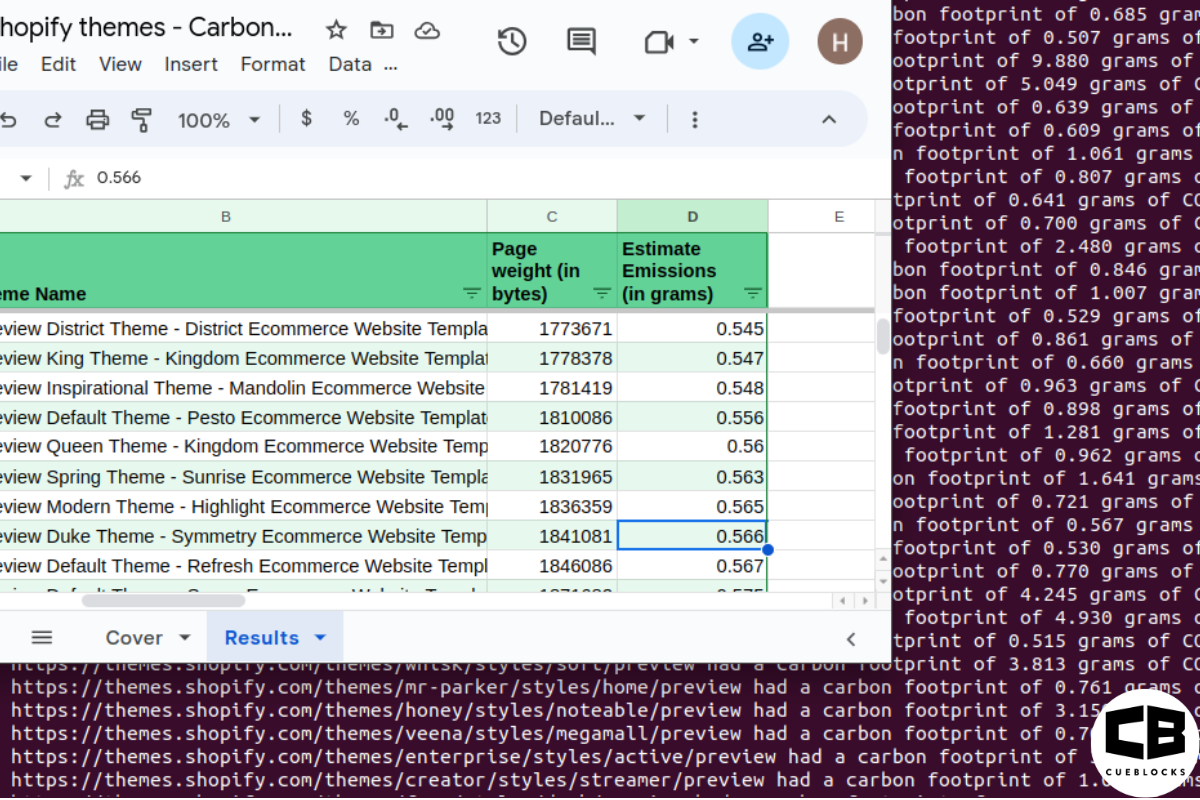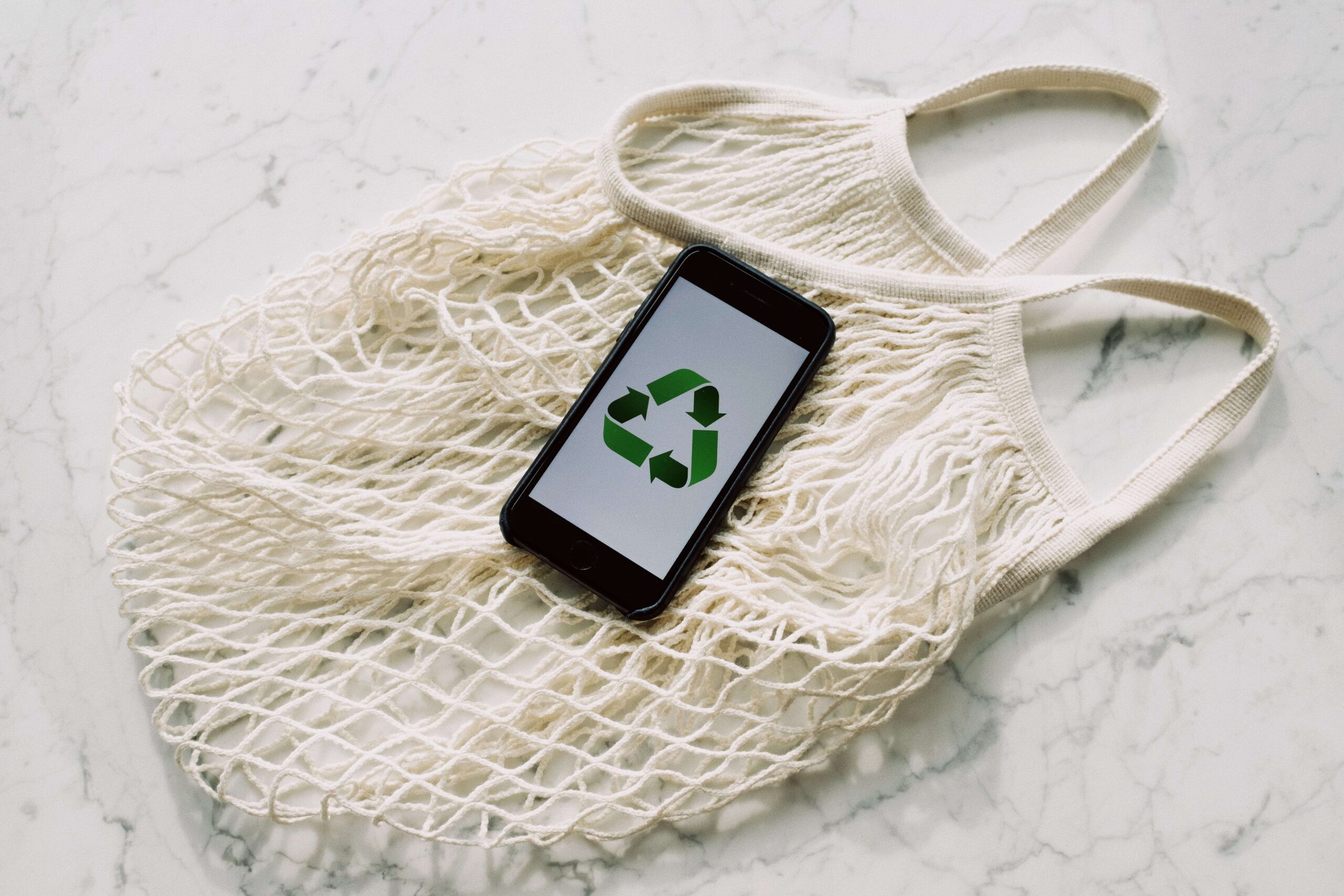
Show, Don’t Tell: Demonstrating Transparency in Your eCommerce Store

For an eCommerce brand committed to good, success goes beyond creating excellent products; it extends to effectively communicating your values to your stakeholders.
Shoppers seek more than just products; they are seeking purpose. Edelman’s Trust Barometer shows that consumers trust businesses that demonstrate transparency. Approximately 81% of consumers globally say that trust in a brand is a deciding factor in their purchase decisions.
To implement transparency, it’s important to write down the key components that your store should be transparent in. These could be product sourcing, manufacturing processes, company operations, pricing, core values, goals, and purpose.
With the key components laid out, let’s see below how and where these can be reflected in your online store:
Developing a Transparent eCommerce Website
1. Enhancing Product Information
McKinsey reports that 43% of surveyed US consumers cited environmental impact as extremely or very important for packaging.
Dive deep into your product specifics. Work with your Shopify development team to offer a wealth of accurate details, from ingredients and manufacturing processes to the environmental impact and any biological interactions with living beings. Lay out the story of your sustainable packaging, ensuring transparency at every level.
Visual Representation
Give a visual tour of the lifecycle of your product. Present the sustainable practices incorporated into each stage, using infographics or pictures to illustrate the sourcing of raw materials, manufacturing, and packaging. A picture is worth a thousand words, and in this instance, the picture conveys a lot about your dedication to openness.
Ingredients and Materials
Describe the components and ingredients that go into making your product. Emphasize environmentally friendly options, such as materials that are organic, recycled, or sourced responsibly. Make sure that your customers are aware of the factors that go into the selection of the materials you use, and be upfront about any attempts you make to reduce the carbon footprint.
For inspiration on transparent material sourcing, Koro Drogerie is a German brand that exemplifies conscientious material selection.

Their interactive map is a powerful tool that allows customers to trace the origins of the materials used in their products. This transparency reflects the brand’s dedication to transparency, setting a benchmark for others in the industry.
A global survey by Nielsen found that 66% of consumers are willing to pay more for sustainable brands. This indicates a growing interest in environmentally friendly and socially responsible products.
Packaging
Address the elephant in the room—your packaging. Clearly communicate your commitment to sustainable packaging choices. Make it clear if it is compostable, biodegradable, or composed of recycled materials. Explain how your packaging reduces environmental damage and is in line with eco-friendly practices.
Energy and Resource Use
Calculate how much energy and resources you use in the manufacturing process. Describe the ways in which your operations prioritize energy efficiency and reduce waste. This not only shows your commitment to the environment, but it also tells customers about the ethical procedures used in the production of your goods.
Carbon Footprint
Analyze your product’s carbon footprint. Give details about your emissions calculations and offset strategies. By educating customers about the true environmental impact of their purchases, this transparency promotes loyalty and trust.
Certifications and Labels
Highlight any certifications or eco-labels your product holds. This not only validates your sustainability claims but also provides consumers with recognizable visuals of eco-friendliness. From Fair Trade to BCorp certifications, showcase the badges that signify your commitment to responsible practices.
Social Responsibility and Supply Chain Transparency
Explore the various tiers of your supply chain. Describe the steps taken to guarantee ethical sourcing, fair labor practices, and community involvement. To humanize your commitment to social responsibility, share stories about the people who created the product.
Product Lifespan and Durability
Discuss the durability and longevity of your product. Emphasize how investing in your product contributes to reduced waste over time. An item that lasts longer not only benefits the consumer but also aligns with sustainable practices.
Product End-of-Life Management
Address the end-of-life phase of your product. Guide consumers on how to properly dispose of or recycle the product. This proactive approach showcases your commitment to responsible waste management while empowering customers to make environmentally conscious choices.
Link Out to Detailed Pages
Don’t shy away from providing more information. Link out to detailed pages that delve even deeper into your sustainable practices. Whether it’s showcasing your eco-initiatives, manufacturing processes, or community involvement, these pages serve as a testament to your purpose-driven approach.
Where to showcase this information:
- Alongside your product description
- Product images
- Strategically link to pages with details on product sourcing, energy consumption, packaging, brand values, etc.
2. Pricing Transparency
Pricing transparency is not just a looming threat but a significant opportunity for your sustainable eCommerce store. It builds trust and aligns you with the values of eco-conscious consumers.
How to Achieve Pricing Transparency:
Clearly Displayed Prices
Ensure that your product prices are clearly displayed including shipping and taxes. Avoid hidden fees or ambiguous pricing structures. Make it easy for customers to understand the cost of each item.
Breakdown Costs
Offer a breakdown of costs, showcasing the various elements contributing to the product’s price. This could include production costs, sustainable practices, fair labor, and other relevant factors.
Highlight Value
Clearly communicate the value customers receive for the price paid. Whether it’s the quality of sustainable materials, ethical sourcing, or long-lasting durability, emphasizing value helps justify the price.
Educate on Sustainable Costs
If your pricing reflects the costs associated with sustainable practices, educate your customers about these efforts. Transparency extends beyond numbers; it involves storytelling that conveys the value of sustainable choices.
Offer Price Comparisons
Provide comparisons with similar products on the market. This allows customers to make informed decisions and demonstrates that your pricing is competitive within the sustainable eCommerce landscape.
Address Discounts and Promotions
Clearly state any discounts, promotions, or loyalty programs. Transparency here prevents confusion and builds trust, as customers appreciate knowing the actual value they’re receiving.
Responsive Customer Support
Have a responsive customer support system in place to address any pricing queries. Proactive communication showcases your commitment to transparency and customer satisfaction.
Where to show this information:
Create a dedicated page on pricing transparency to show the details and link it from your product description pages.
3. Create a Dedicated Page to Share Your Values
Create a webpage where you can clearly state and highlight your core values if you want to develop an open and reliable brand. Customers can learn more about your brand’s commitments, values, and ethical practices by visiting this values page, which acts as a central hub. Let’s look at the essential elements to include:
Mission Statement:
Begin by clearly articulating your mission statement. It sets the tone for what your brand stands for and what customers can expect in terms of commitment to sustainability and ethical practices.
Proof of Commitment:
Back up your mission statement with tangible proof of your commitment to sustainability. This could include details about your eco-friendly packaging, responsible sourcing practices, successful campaigns and certifications or partnerships that verify your dedication to values.
Answer Customer Questions:
Anticipate and address potential questions your customers might have about your commitment to purpose. This could range from inquiries about your supply chain transparency to specific details about your employee care policies. By proactively answering these questions, you foster trust and demonstrate a genuine commitment to transparency.
4. Show User Reviews and Ratings
Encourage your customers to contribute by sharing their opinions and reviews of your sustainable products. These reviews and ratings serve as valuable insights for potential buyers. They offer a real-world perspective that can enhance the overall understanding and credibility of your sustainable products.
Incorporating product reviews strategically on your Product Detail Pages (PDPs) can have a substantial impact on consumer behavior, effectively driving them towards making informed purchasing decisions.
Where to showcase this information: Strategically place user reviews on PDPs, homepages, and categories. Reviews positioned at these touchpoints offer guidance to fellow consumers, contributing to a culture where transparency and shared insights shape the conscious choices we make.
5. Communicate and Engage
Focus on employing a blog along with newsletter emails as regular communication channels. Work with your marketing teams to create and promote content that indicates your uniqueness and values.
- Value statement blogs to demonstrate your commitments and efforts
- Product impact blogs to demonstrate the result of your efforts
- Educational and promotional content to reach new users organically
- Discounts and product updates
By exploring these topics, consumers get the information they need to navigate the complex world of conscious consumerism. The goal isn’t just to share information but to strengthen a sense of responsibility and awareness that goes beyond mere transactions.
This educational content will act as a link between your business and customers. These resources can help build a community that values knowledge, adapts to sustainability, and actively participates in shaping a better, more conscious future.
6. Show Green Labels and Badges
Shoppers can sometimes feel confused by sustainability credentials on product labels and within basic online product details. If they can’t make sense of the top-line information, it can make them look at other products to see if they understand them better -and maybe find what they are looking for elsewhere.
Introduce distinct labels or badges for products that meet specific sustainability criteria. This initiative can simplify the process and enhance transparency.
By offering clear and specific information, this strategy can alleviate any confusion shoppers may face when navigating sustainability credentials. The goal is to empower consumers, enabling them to readily grasp top-line information and make informed choices without feeling overwhelmed or compelled to explore alternatives.
Where to showcase this information:
Placing this information on the homepage and footer enhances visibility, making it readily available for shoppers and reinforcing your commitment to sustainable practices. You can also showcase these labels and logos on the product detail page.
For example, notice how myfruits includes details about the product, nutritional information, and certifications directly on the product page, offering a transparent and informative shopping experience.


7. Avoid Greenwashing and Tell the Truth
Steer clear of greenwashing.
Greenwashing is a deceptive practice that portrays environmental responsibility without substance. Leaders should instead focus on authentic efforts that genuinely contribute to a sustainable future. Communication strategies need to reflect real actions, ensuring a seamless balance between stated values and actual actions.
At the heart of a sustainable journey is honesty. Leaders are urged to be transparent about initiatives, progress, and challenges. This commitment to truth builds trust with the audience, recognizing that open dialogue about sustainability is essential for impactful and lasting change.
To Conclude:
The pursuit of true sustainability requires dedication and artistic skill. eCommerce brands with a strong sense of identity must communicate their values to a purpose-driven audience in addition to creating outstanding products.
Demonstrate a sincere dedication to transparency. Leaders should be sincere, honest about their plans, and openly share the challenges they face. Being honest can be the foundation of enduring change.
Imagine a future where sustainability is a natural part of our lives. Let’s not just meet standards but set new ones in eCommerce, inspiring others to join us on this journey to a more sustainable and responsible future. Together, we’re painting a tomorrow that’s not just brighter but distinctly green.
Find Your Partner in Success
Partner With An eCommerce Agency That Believes in Your Values
- About the Author
- Latest Posts
Co-founder of CueBlocks, I lead a team of around 50 experts at CueBlocks, where we strive to propel organizations making a positive impact. Since 2005, we’ve honed our expertise in eCommerce development, digital marketing, and creative design, all aimed at promoting meaningful messages. I am eager to connect with like-minded organizations and explore how we can amplify your impact together.
-
Evaluating the Carbon Emissions of Shopify Themes
by Harleen Sandhu
Committing to green claims as a business is a huge promise to deliver on. For ecommerce stores, Shopify is leading …
Continue reading “Evaluating the Carbon Emissions of Shopify Themes”
-
Dark Mode: Accessibility vs Sustainable Web Design
by BalbirIntroduction Dark mode, a feature that lets users switch the color scheme of an app or website to darker colors, …
Continue reading “Dark Mode: Accessibility vs Sustainable Web Design”
-
Discover Essential Sustainable Marketing Principles and Strategies for Ethical Business Growth
by Pancham Prashar
Given the major issues that our world is currently facing, such as pollution and climate change, sustainability becomes an inevitable …
-
Show, Don’t Tell: Demonstrating Transparency in Your eCommerce Store
by Pancham PrasharFor an eCommerce brand committed to good, success goes beyond creating excellent products; it extends to effectively communicating your values …
Continue reading “Show, Don’t Tell: Demonstrating Transparency in Your eCommerce Store”
-
How to Market Sustainable Products Effectively
by Nida Danish
In today’s market, sustainability has evolved from a passing trend to a pivotal consideration for both consumers and businesses. Globally, …
Continue reading “How to Market Sustainable Products Effectively”
-
Decoding B Corp Marketing Challenges: Strategies for Success
by Nida DanishToday, businesses place high importance on sustainability and ethical practices. For B2B and e-commerce leaders, being a certified B Corp. …
Continue reading “Decoding B Corp Marketing Challenges: Strategies for Success”




2 Replies to “Show, Don’t Tell: Demonstrating Transparency in Your eCommerce Store”